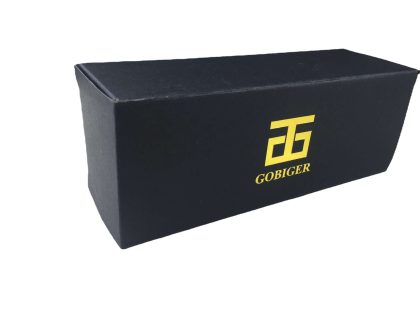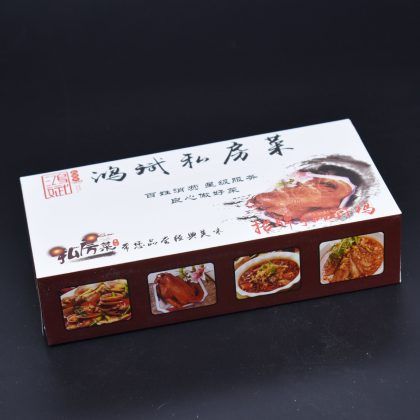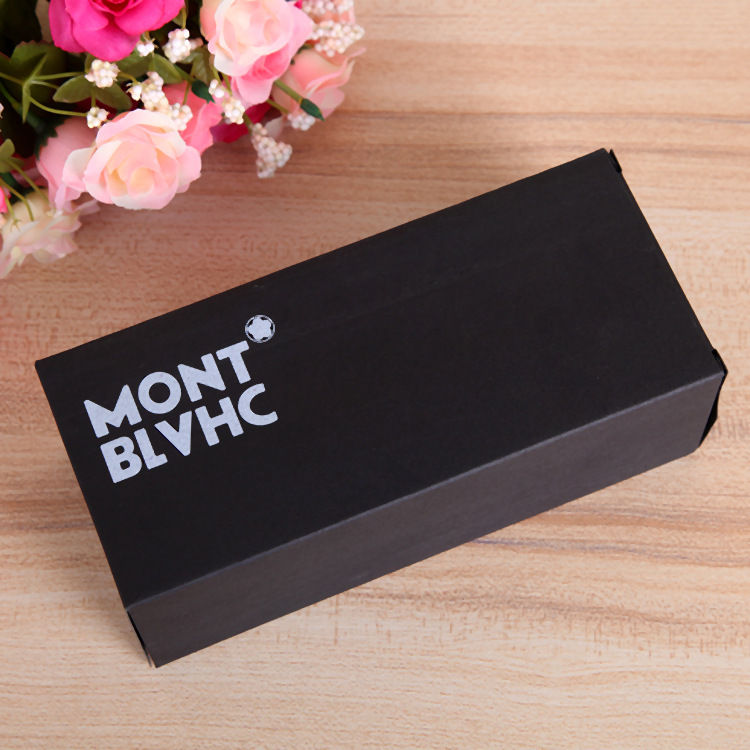The structure of a corrugated cardboard box typically consists of three layers: an inside liner, an outside liner, and a corrugated medium sandwiched between the two liners. The inside and outside liners are made of paperboard and provide the smooth surfaces of the box, while the corrugated medium is the fluted paper that provides the box with its strength and cushioning properties.
The flutes of the corrugated medium are typically arranged in a way that maximizes the strength of the box while minimizing its weight. There are several common flute profiles, including A, B, C, E, and F flutes, with A flute being the largest and F flute being the smallest. The flute profile chosen depends on the intended use of the box, with larger flutes providing more strength and cushioning but also adding more weight to the box.
The structure of a corrugated box can also include additional features such as flaps, scores, slots, and perforations to facilitate folding, assembly, and opening of the box. These features can also enhance the box’s strength, stability, and functionality, and allow for customization to meet specific customer needs.


